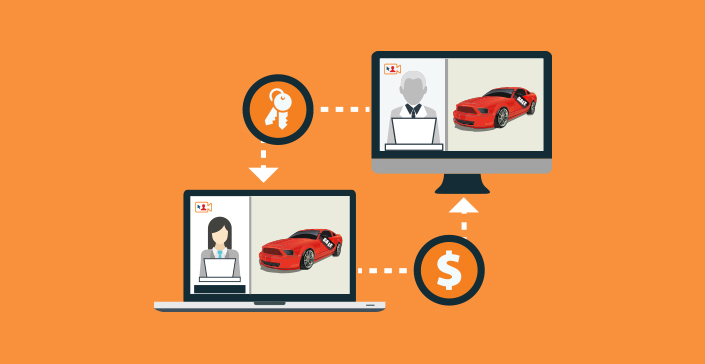Customer calls at customer-service desks get routinely un-replied, cut off, or outright ignored! Frustrated, tech-savvy customers of today are increasingly moving over to the digital platform for their customer-service needs. In the last decade, an online, web-based customer-service helpdesk was the communication platform of choice for worldwide consumers.
In recent years, with an increasing trend of mobile adoption, more and more needy customers are turning to the digital customer-service desk that is available 365 days a year, 24 hours a day on their mobiles, tablets, or smart phones. With the growing volume of shoppers on the mobile platform, technologies like email, browser-based chat tools, co-browsing tools will continue to gain popularity. A recently published white paper, Mobile Co-Browsing: The next step in connected customer service, accurately depicts the role of co-browsing technology in the mobile shopping world.
Given the popularity and apparent benefits of the digital customer-service desks, how can companies ensure that their technology-enabled, customer-service departments are performing at their peaks?
On the downside, digitization often indicates a robotic, impersonal behavior of business functions, which customers do not like to interact with. Co-browsing is that wonderful technology that strikes a perfect balance between digitization and humanization of common, business functions.
Browser-based live session: An untapped potential
Customers always look for the human touch. Especially, when they need help with their products or services, they certainly like to feel that they are getting personal attention. So, customer-service departments can immensely benefit from a technology such as co-browsing, which brings in the “human element” to the digital platform, thus turning the digital into an interactive session involving human beings in real-time!
In the traditional retail-business model, customer-service help-desks used human interactions to influence and retain their customers. In the digital age, a technology like co-browsing can well maintain that “human touch” while providing remote support to their global customer base.
Another white paper, Meeting the Challenges of Online Retail with Co-Browsing documents the typical concerns of customer-support very well, which may be summed up in the following questions:
- How can digital businesses provide useful and cost-effective customer service?
- How can digital businesses ensure customer loyalty through effective customer-service efforts?
- How can digitized customer-service departments address customer concerns and queries?
Co-browsing technology provides the solution
Co browsing technology has facilitated on-going, service desk help and guidance to a digital customer. The customer-service representative in a digital environment has the option of guiding a confused customer with the check-out process, helping the customer select an appropriate shipping option, providing explanations about confusing return policies, or making recommendations for alternative products when one product is returned. The ability to provide solutions in real-time greatly enhances the chances of improving the overall buying experience, and retaining customer loyalty.
Contrary to an online customer-service desk where miscommunication can often lead to frustration to both the parties, the co-browsing systems generally enable person-to-person contact throughout the service session through the use of simple, push buttons.

0 Comments
Leave A Comment